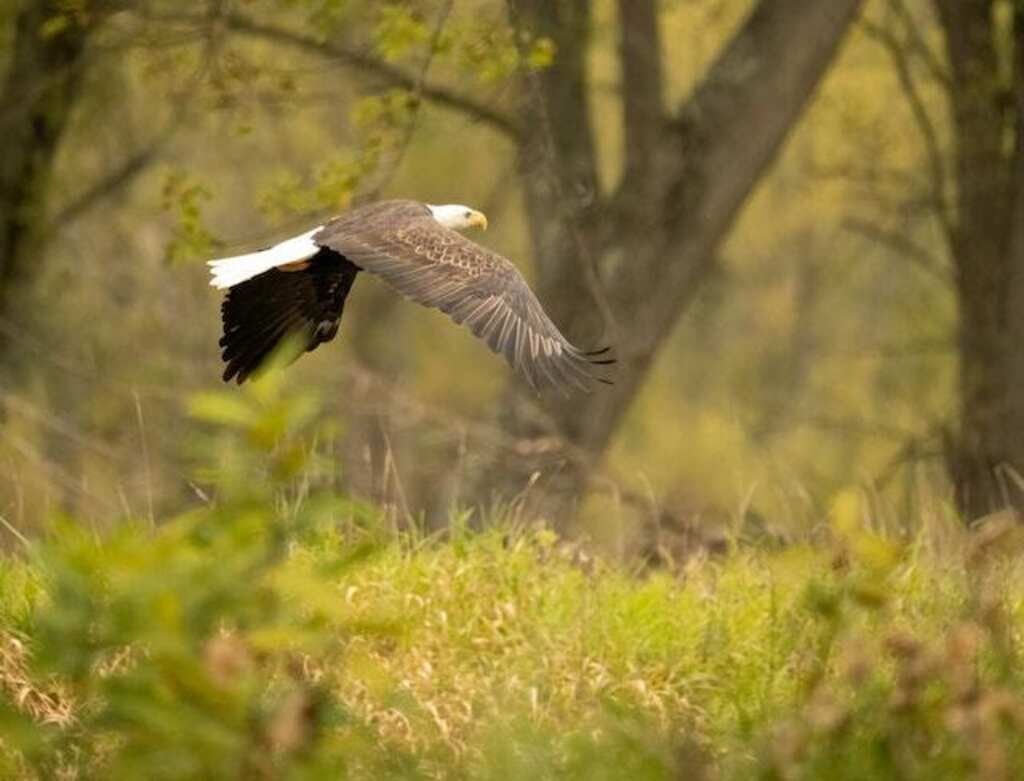In the boundless natural world, where land and sky converge, a captivating survival dance unfolds. Eagles, the epitome of freedom and grace, effortlessly navigate rugged terrains.
But beneath their majestic wings, a burning question lingers: do eagles eat beavers?
Let’s explore this wilderness tapestry, delving into the eagle’s predatory prowess and the beaver’s waterway empire, to uncover the truth behind this intriguing saga.
Table of Contents
- 1 Key Takeaways
- 2 Eagle’s Hunting Abilities
- 3 Beaver’s Characteristics
- 4 Do Eagles Eat Beavers
- 5 Coexistence in the Wild
- 6 Eagle’s Diet
- 7 Eagle’s Hunting Skills
- 8 Frequency of Eagle-Beaver Interactions
- 9 Other Prey of Eagles
- 10 Factors Influencing Eagle’s Prey Selection
- 11 Impact on Beaver Population
- 12 Frequently Asked Questions
- 13 Conclusion
- 14 Author
Key Takeaways
- Eagles are powerful and majestic birds known for their keen eyesight and impressive hunting abilities.
- Beavers are industrious creatures with remarkable engineering skills and primarily feed on bark, twigs, leaves, and aquatic plants.
- Eagles are opportunistic hunters and adapt their hunting strategies to overcome beaver’s defense mechanisms.
- The interactions between eagles and beavers are important for maintaining ecosystem balance, but they can be influenced by territorial disputes and human intervention.
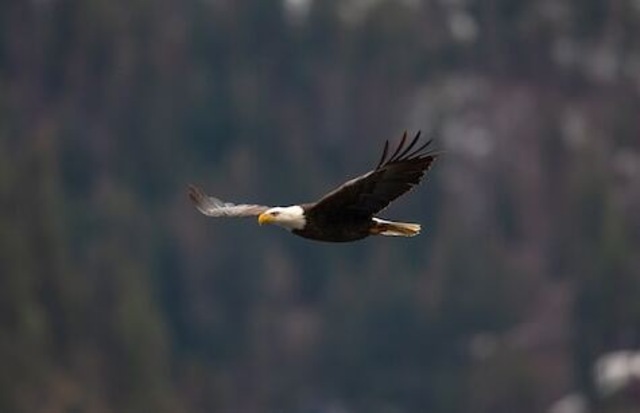
Eagle’s Hunting Abilities
Eagles possess remarkable hunting abilities that enable them to capture a diverse range of prey, including beavers.
Through their exceptional eyesight, eagles are able to spot potential targets from great distances, allowing them to initiate a successful hunt.
Once a beaver is identified, the eagle swoops down with incredible speed, using its sharp talons to snatch the beaver from the water or its lodge.
The eagle’s hunting techniques are a testament to its predatory behavior, as it employs its powerful wings to maintain stability during the attack and its strong beak to deliver a fatal blow to its prey.
This highly efficient hunting strategy ensures that the eagle can seize its target swiftly and effectively.
The transition to the subsequent section about beaver’s characteristics is seamless, as the hunting abilities of eagles are intricately linked to the specific traits and behaviors of their prey.
Beaver’s Characteristics
Feathers, sharp beaks, and powerful talons are the distinguishing features of these predatory birds, which has led to their reputation as skilled hunters.
When it comes to beavers, their behavior and habitat play a crucial role in understanding their relationship with eagles.
Beavers are primarily nocturnal animals, spending most of their time building and maintaining their dams and lodges.
They are excellent swimmers, using their webbed hind feet and paddle-shaped tails to maneuver through water with ease.
Beavers are herbivores, feeding on a diet of bark, twigs, leaves, and aquatic plants. Their ability to fell trees and create dams alters the landscape, creating wetlands that benefit a wide range of wildlife.
These wetlands offer shelter and food to various species, including fish, frogs, and birds.
In terms of habitat, beavers prefer areas with slow-moving or still water, such as lakes, ponds, and rivers. They are adaptable and can thrive in a variety of climates, from temperate forests to arid deserts.
The coexistence of eagles and beavers in the wild is a fascinating topic that explores the intricate balance between predator and prey, as well as the complex interactions within ecosystems.
Do Eagles Eat Beavers
While eagles are opportunistic hunters, they typically do not have beavers as a primary food source. Eagles generally prefer fish, waterfowl, and small mammals like rabbits and squirrels.
However, in rare cases, eagles may prey on beavers if other food sources are scarce or unavailable. Their diet primarily depends on the availability and accessibility of suitable prey in their habitat.
Coexistence in the Wild
The intricate dance of survival and interdependence between these noble predators and industrious builders of dams is a captivating phenomenon in the natural world.
In the wild, beavers and eagles coexist within complex ecosystems, where they play crucial roles in maintaining the balance of nature.
However, this coexistence is not without its challenges. Human-wildlife conflict often arises when beavers create dams that flood agricultural lands or cause damage to infrastructure.
At the same time, eagles rely on beavers as a source of food, as they are skilled hunters and adept at catching and consuming these aquatic mammals.
The predator-prey dynamics between eagles and beavers are fascinating, with eagles employing their sharp vision and powerful talons to hunt down and capture their prey.
This dance of survival not only showcases the adaptability and resourcefulness of both species but also highlights the delicate balance required for their coexistence in the wild.
Transitioning into the subsequent section about the eagle’s diet, it is important to delve deeper into the specific dietary preferences and feeding habits of these majestic birds.
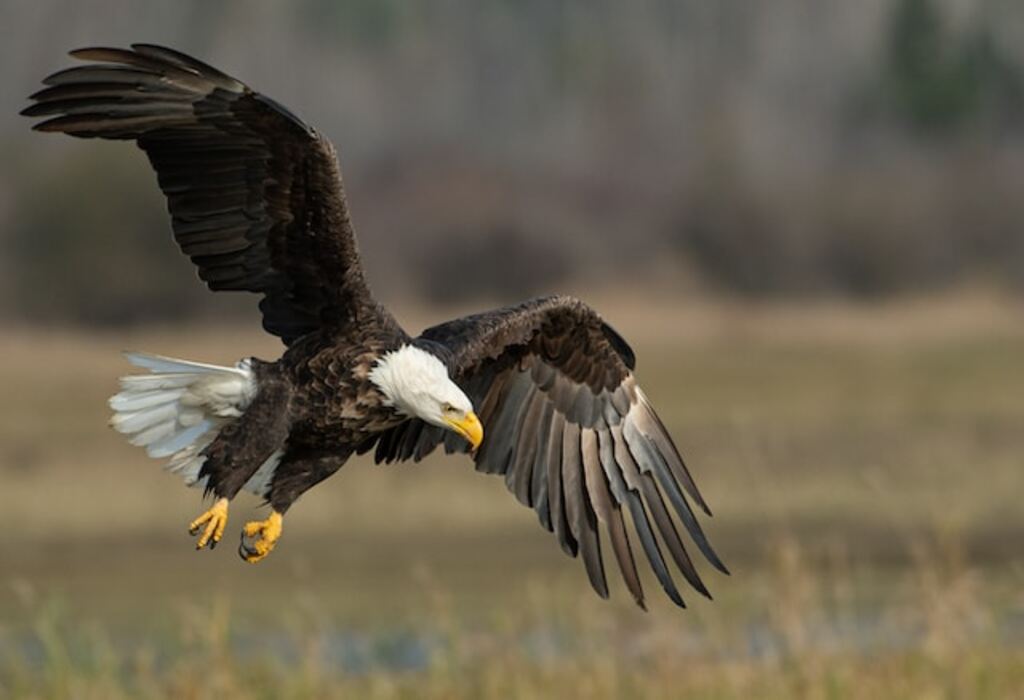
Eagle’s Diet
One aspect that fascinates researchers and nature enthusiasts is the diverse range of prey that eagles consume. Eagles have a varied diet that includes fish, small mammals, birds, and reptiles.
The beaver, known for its large size and impressive ability to build dams, is one such prey item for eagles.
Beavers provide a significant nutritional value to eagles due to their high protein content and rich fat reserves.
This makes them an attractive food source for eagles, especially during times when other prey may be scarce.
Eagles are opportunistic hunters and will take advantage of any available food source, including beavers.
As we delve further into the fascinating world of eagles, we will explore their hunting skills and the strategies they employ to capture their prey.
Eagle’s Hunting Skills
With calculated precision and unwavering focus, eagles exhibit exceptional hunting skills as they pursue their prey in the vast wilderness. Their hunting techniques are finely tuned to ensure a successful capture.
Eagles have keen eyesight, allowing them to spot their prey from great distances.
Once a potential target is identified, eagles use their powerful wings to soar through the sky, swiftly closing in on their unsuspecting victim.
In the case of beavers, eagles must adapt their hunting strategies to overcome the beaver’s defense mechanisms.
Beavers are skilled swimmers and builders, constructing intricate dams and lodges to protect themselves from predators.
However, eagles have developed ingenious tactics to counteract these defenses. They often approach from above, diving with incredible speed and accuracy, catching the beaver off guard.
Their sharp talons lock onto the prey, preventing any chance of escape.
This intense interaction between predator and prey sets the stage for further exploration into the frequency of eagle-beaver interactions, shedding light on the dynamics of these encounters in the natural world.
Frequency of Eagle-Beaver Interactions
Despite the beaver’s defensive mechanisms, the frequency of interactions between eagles and beavers in the natural world remains a subject of interest and exploration.
The territorial disputes between eagles and beavers play a significant role in determining the frequency of their interactions.
Eagles are known to have large territories that they fiercely defend, while beavers create their own territories by building dams and lodges.
These overlapping territories often lead to confrontations between the two species.
Additionally, the effects of human intervention on eagle-beaver interactions cannot be ignored.
Human activities such as deforestation and habitat destruction can alter the distribution and abundance of beavers, which in turn affects the availability of prey for eagles.
Furthermore, the presence of human settlements near beaver habitats may lead to a decrease in eagle-beaver interactions due to disturbance and habitat fragmentation.
Understanding these factors is crucial in comprehending the dynamics of eagle-beaver interactions in the natural world.
Transitioning into the subsequent section about ‘other prey of eagles’, it is worth exploring the diverse diet of eagles and the role they play as top predators in their ecosystems.
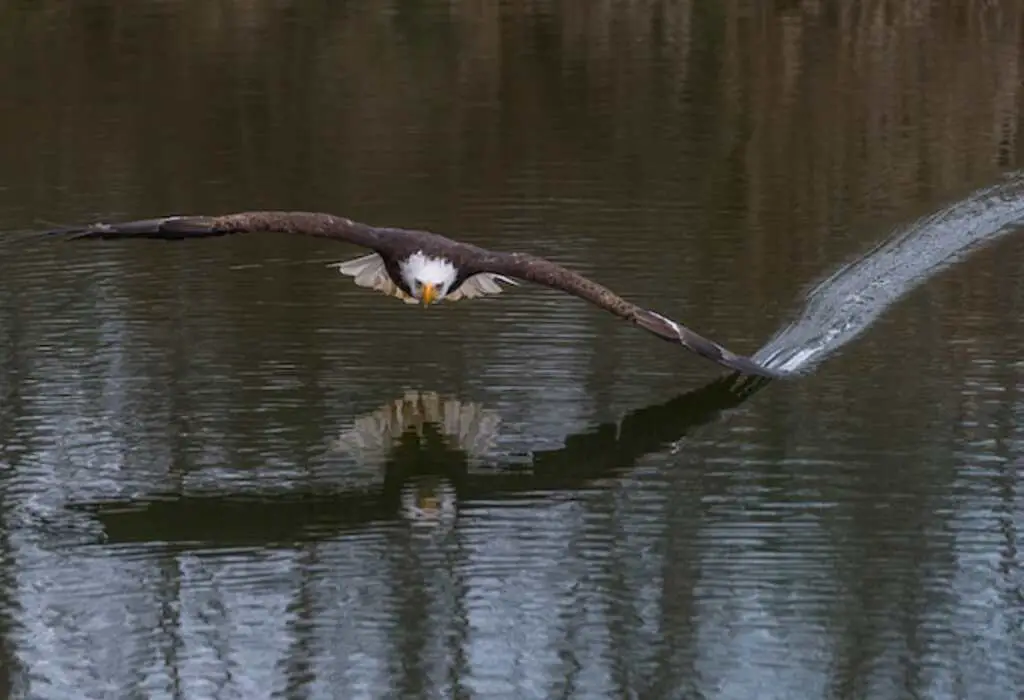
Other Prey of Eagles
The diverse diet of eagles encompasses various prey species, highlighting their crucial role as top predators in maintaining the balance of their ecosystems.
While beavers may not be a common prey choice for eagles, they do have a wide range of alternative options. Eagles are known to feed on a variety of animals, including fish, mammals, birds, and reptiles.
Fish, in particular, play a significant role in their diet, with some species of eagles specializing in catching and consuming fish.
Interactions with fish populations are important for eagles as they provide a reliable food source, especially in areas where fish are abundant.
However, eagles are opportunistic hunters and will adapt their diet based on availability. Other prey choices may include small mammals such as rabbits, squirrels, and rodents, as well as birds and reptiles.
These alternative prey choices ensure that eagles can survive and thrive in diverse habitats.
Factors influencing an eagle’s prey selection will be discussed in the subsequent section, shedding light on the complex dynamics of their feeding behavior.
Factors Influencing Eagle’s Prey Selection
Various factors play a crucial role in shaping the prey selection of eagles, shedding light on the intricate dynamics of their feeding behavior and highlighting the intricate balance of their ecosystems.
One such factor is the influence on the eagle population itself. As apex predators, eagles are key regulators in their ecosystems, and the availability of suitable prey directly impacts their population size.
Changes in prey availability can lead to fluctuations in eagle populations, as they rely on a steady supply of food to survive and reproduce.
Additionally, competition with other predators for the same prey can also influence the eagle’s prey selection.
If other predators, such as larger raptors or mammalian carnivores, are abundant and also hunting the same prey as eagles, it can create a competitive environment where eagles may need to adjust their feeding behavior to avoid direct competition.
This competition for prey resources can shape the prey selection of eagles, ultimately impacting the overall ecosystem dynamics.
Transitioning to the subsequent section, the impact on the beaver population, it is important to understand how eagles’ prey selection can have cascading effects on other species within their ecosystems.
Impact on Beaver Population
One potential consequence of the eagle’s prey selection is the potential impact it may have on the population dynamics of beavers, as they are one of the potential prey species for eagles.
If eagles were to heavily prey on beavers, it could disrupt the delicate balance of the ecosystem and result in a decrease in beaver population.
This could have cascading effects on the ecosystem, such as altered water flow patterns, reduced habitat availability for other species, and changes in vegetation dynamics.
It is important to understand and monitor the interactions between eagles and beavers to ensure the sustainability and stability of the ecosystem.
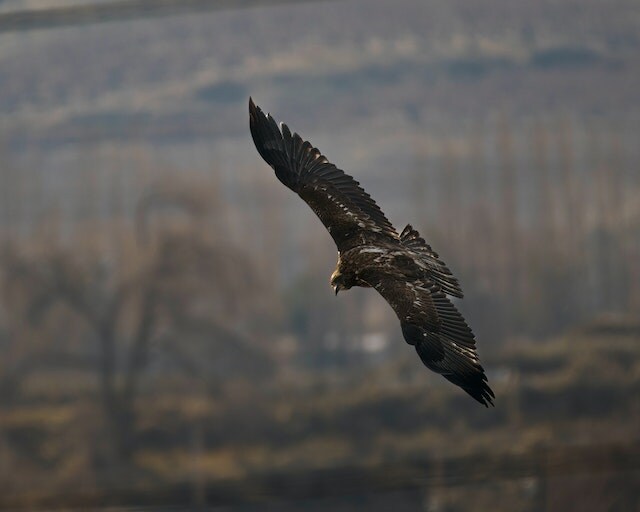
Frequently Asked Questions
How do eagles hunt?
Eagles employ various hunting techniques and exhibit specific hunting behaviors. They utilize their keen eyesight, powerful talons, and swift flight to spot and capture prey. By employing aerial attacks and swooping dives, eagles efficiently hunt their targets.
What are the physical characteristics of beavers?
Beavers possess physical characteristics that aid in their survival and adaptation to their environment. These include webbed feet for swimming, a flat tail for communication and balance, and sharp incisors for gnawing trees. They play a crucial role in ecosystems by creating habitats and regulating water flow.
Do eagles and beavers coexist in the wild?
Eagle and beaver interactions in the wild are well-documented. Beaver dams have a significant impact on eagle habitat, creating suitable nesting sites and increasing the availability of prey. These interactions contribute to the biodiversity and ecological balance of their respective ecosystems.
What other prey do eagles eat besides beavers?
Eagles exhibit a diverse range of prey preferences, which extend beyond beavers. They employ various hunting techniques such as aerial pursuit and ambush, enabling them to capture a wide array of prey, including small mammals, fish, reptiles, and birds.
What factors influence an eagle’s choice of prey?
Eagle diet preferences are influenced by various factors, including habitat and prey availability. The impact of habitat on eagle prey selection is significant, as different habitats offer different prey options, leading to variations in an eagle’s choice of prey.

Conclusion
In conclusion, the interactions between eagles and beavers in the wild are complex and multifaceted. Eagles, with their remarkable hunting abilities, are able to prey on a variety of animals, including beavers.
However, the frequency of eagle-beaver interactions is not high, as beavers possess certain characteristics that make them less vulnerable to eagle predation.
Beavers, known for their aquatic lifestyle and impressive building skills, have adapted to defend themselves against potential predators.
Their large size and musculature provide them with a formidable defense mechanism, making them less susceptible to eagle attacks.
Moreover, beavers live in close-knit family groups and construct elaborate dams and lodges, which serve as protective structures against aerial predators like eagles.
The coexistence of eagles and beavers in the wild is a testament to the delicate balance of nature.
While eagles may occasionally prey on beavers, it is important to note that beavers are not the primary food source for eagles.
Eagles have a diverse diet, including fish, small mammals, and birds, and their prey selection is influenced by various factors such as availability and accessibility.
Therefore, the impact of eagle predation on the beaver population is limited and does not pose a significant threat to their overall survival.
In conclusion, the intricate relationship between eagles and beavers showcases the fascinating dynamics of predator-prey interactions in the natural world.
While eagles possess impressive hunting skills, beavers have evolved to defend themselves and coexist with their aerial predators.
This delicate balance between predator and prey highlights the resilience and adaptability of both species.
Through their interactions, eagles and beavers remind us of the intricate interconnectedness of all living beings and the beauty that arises from their coexistence.

